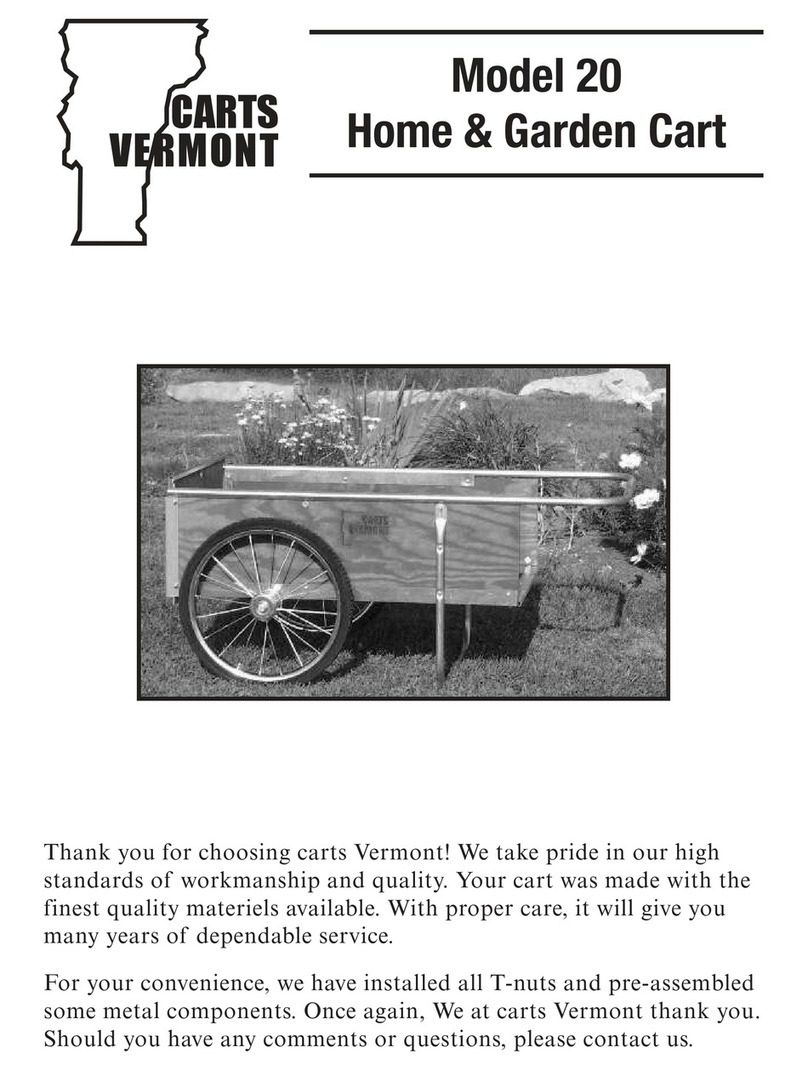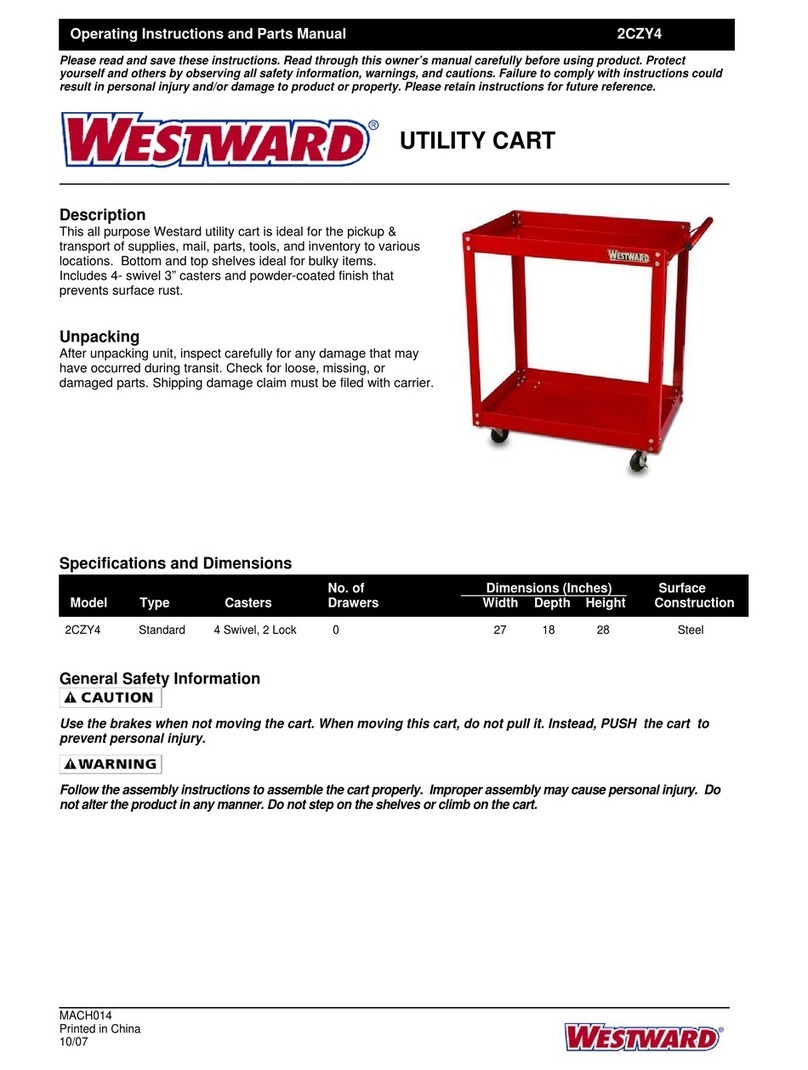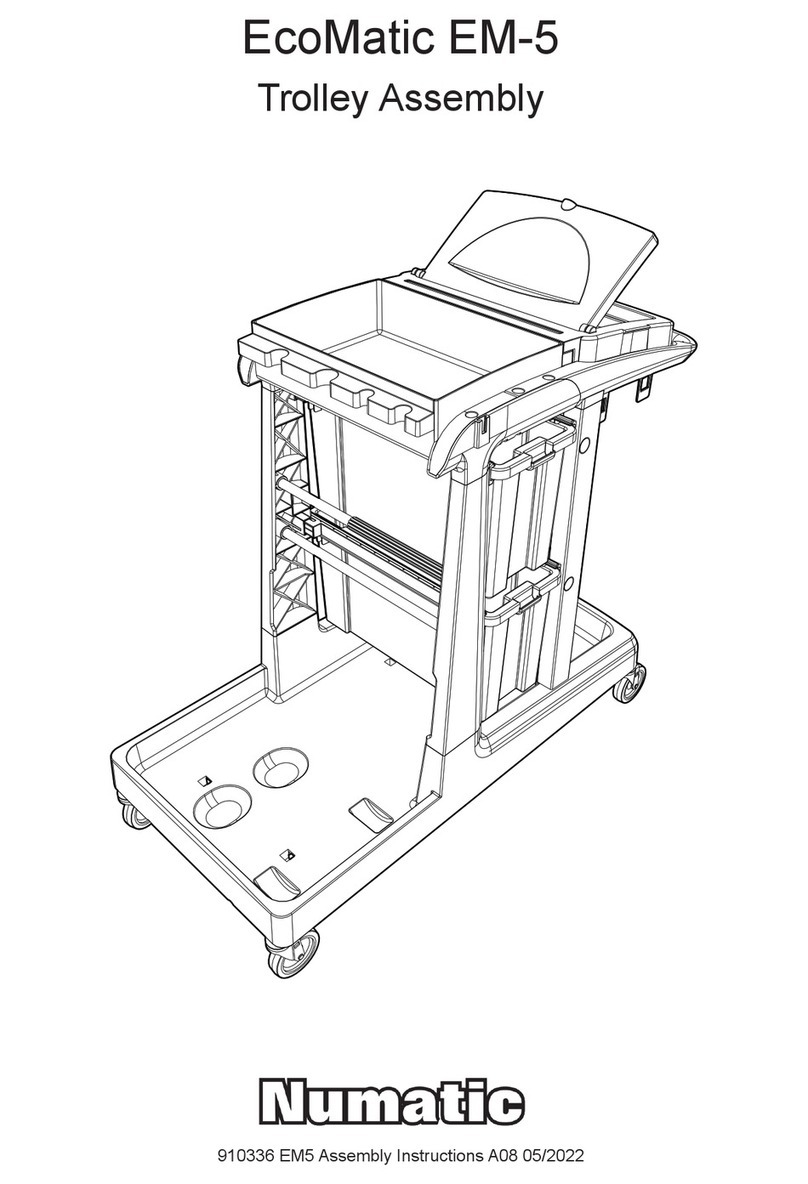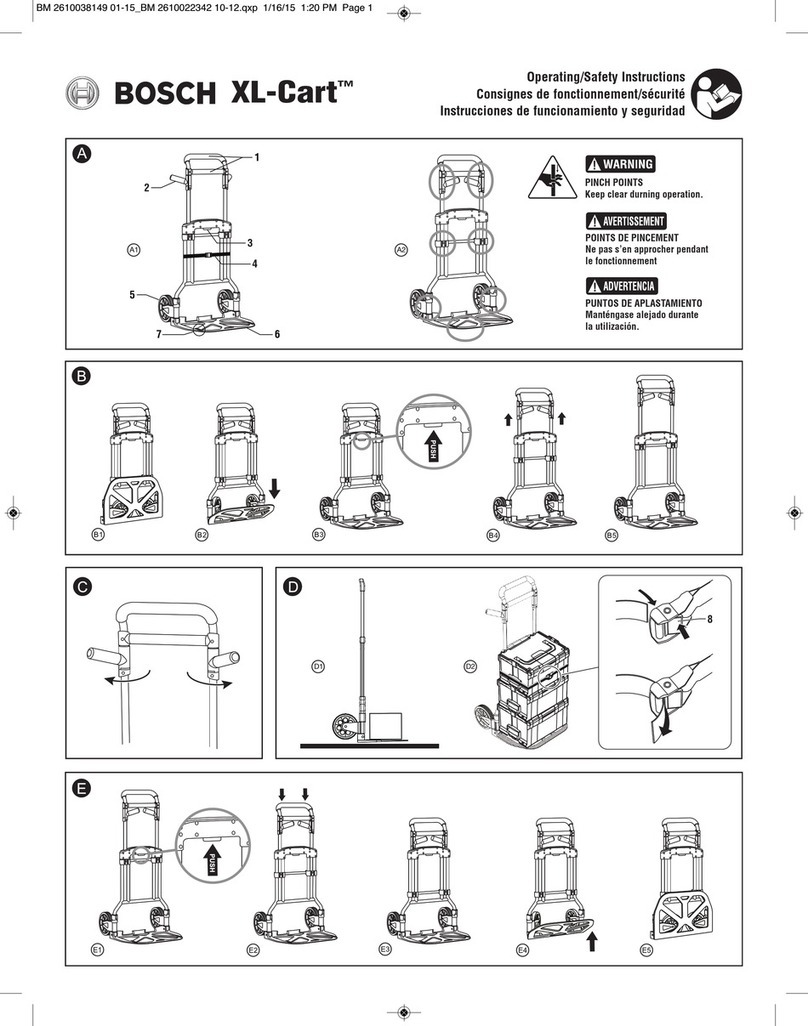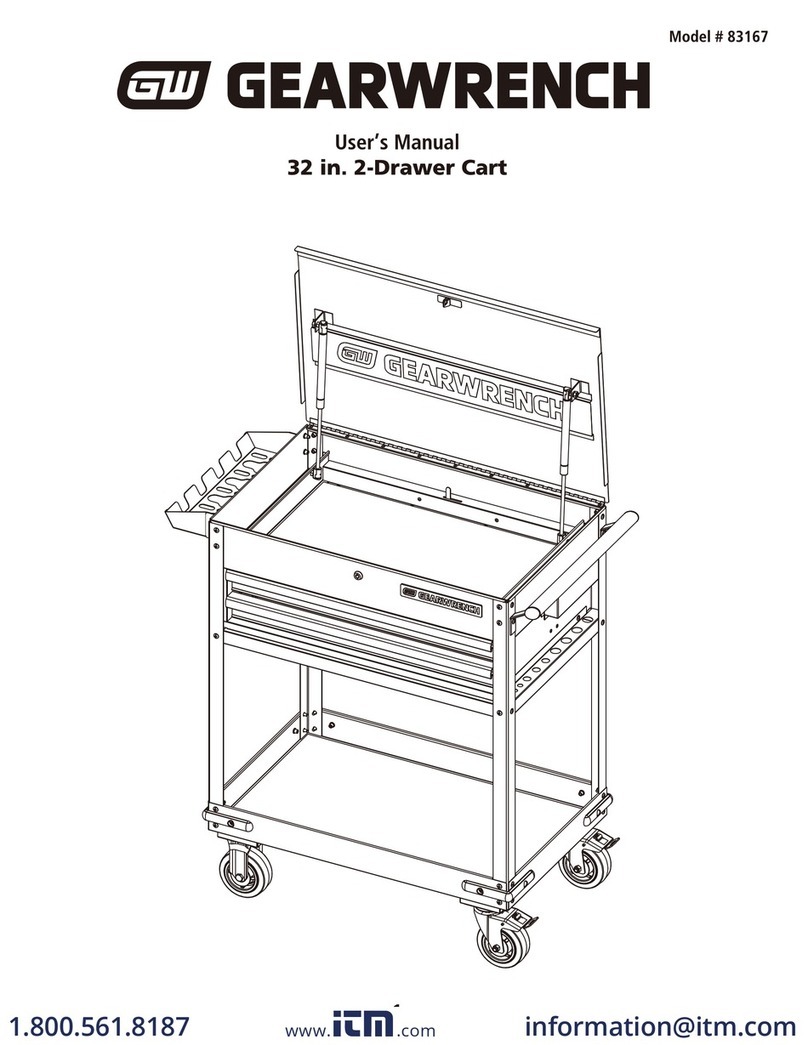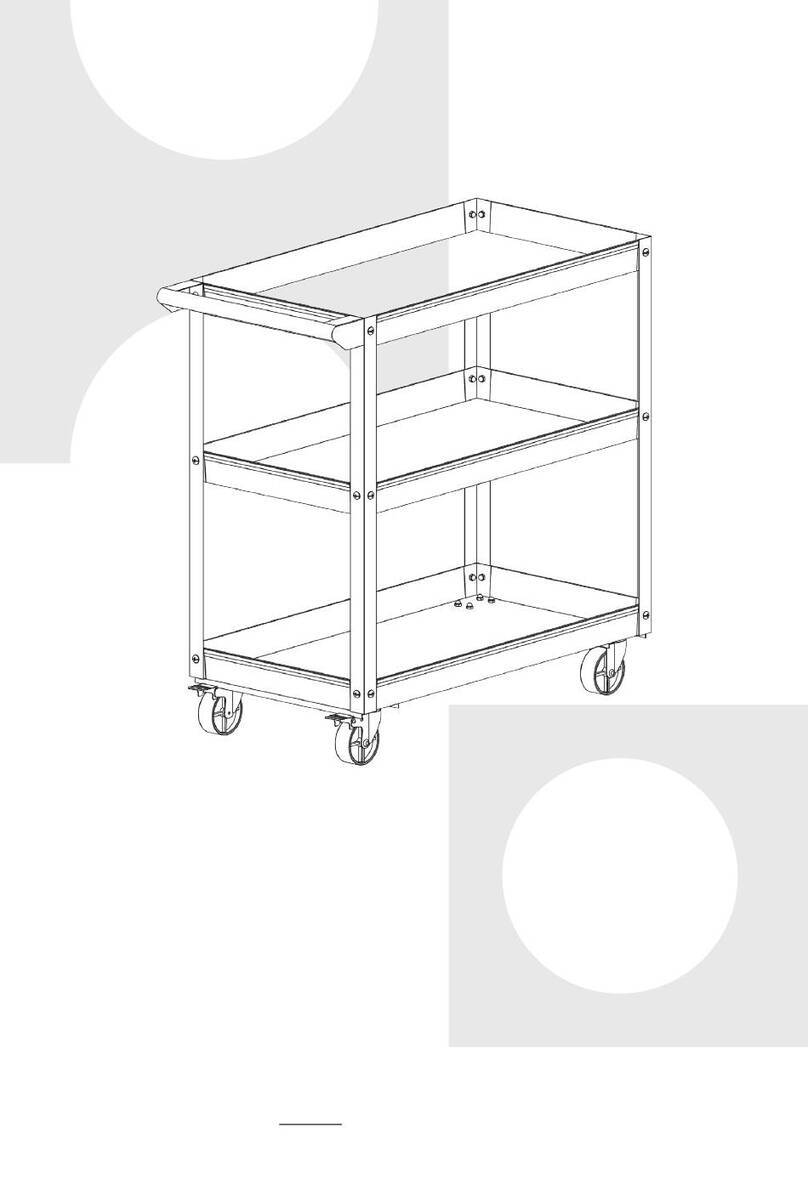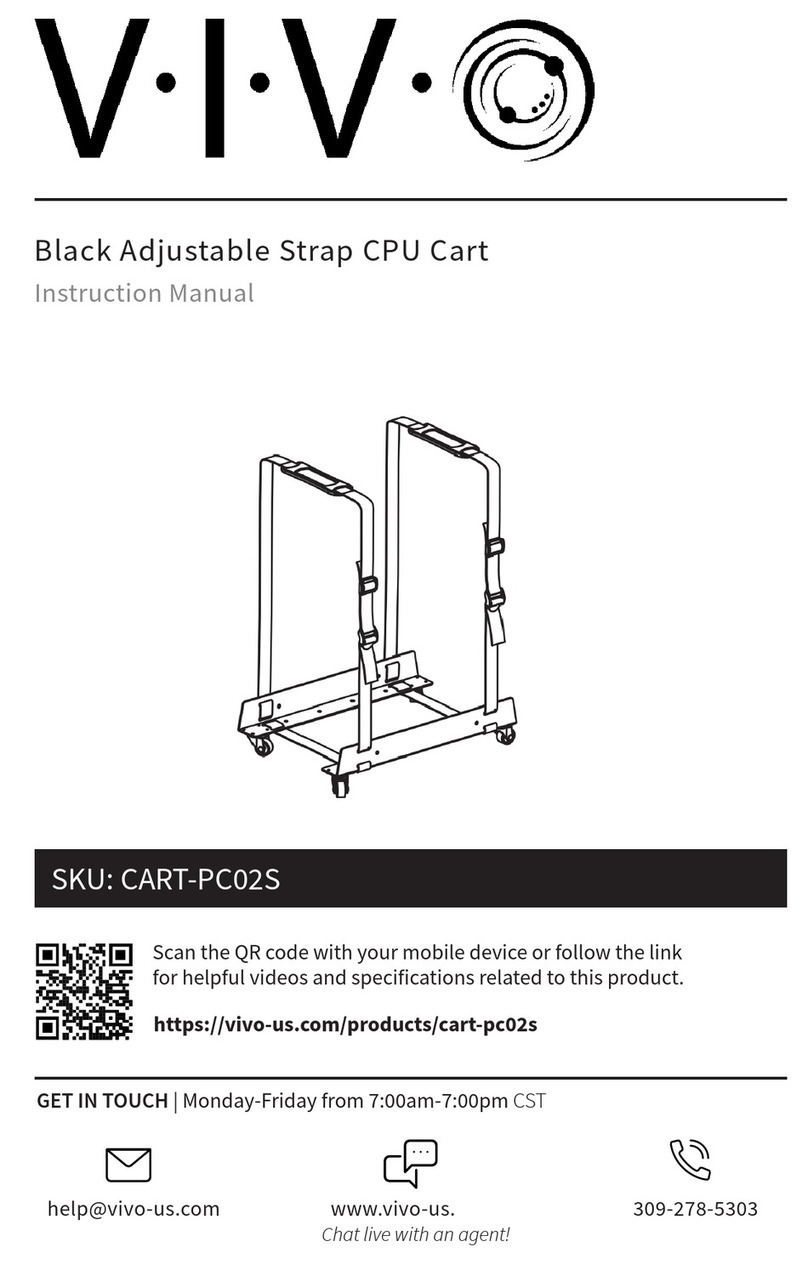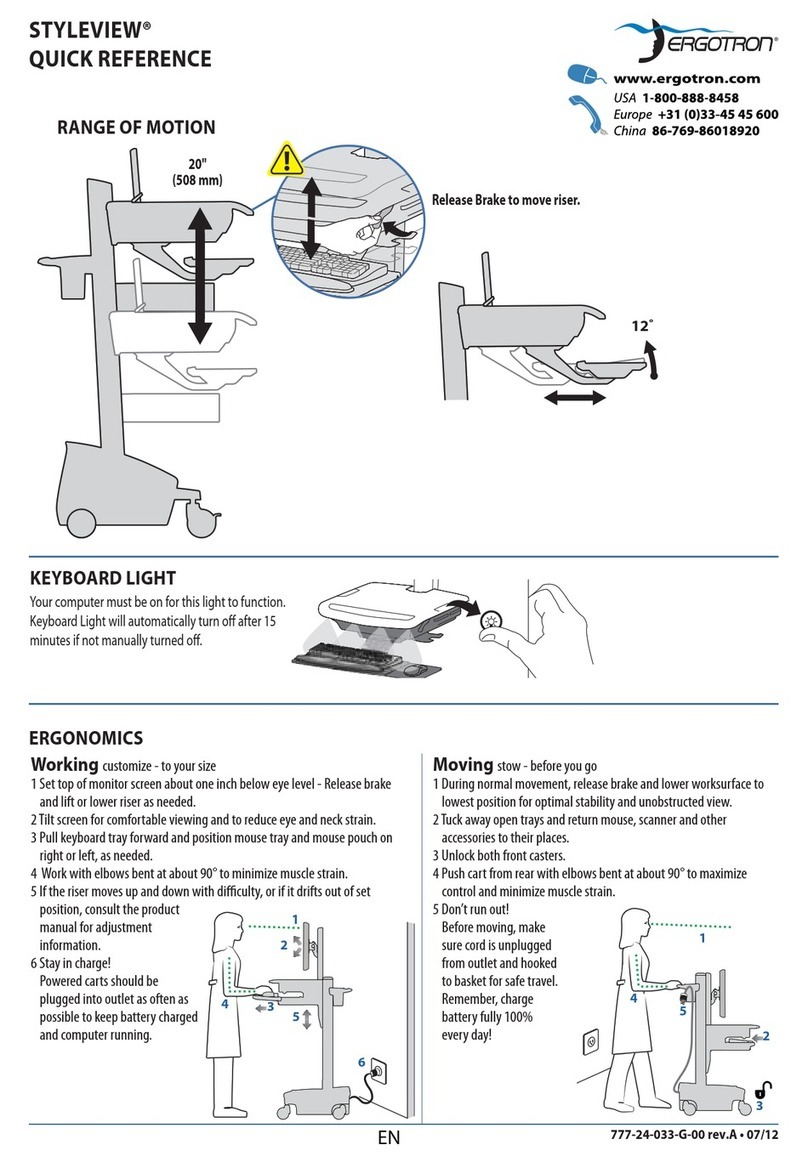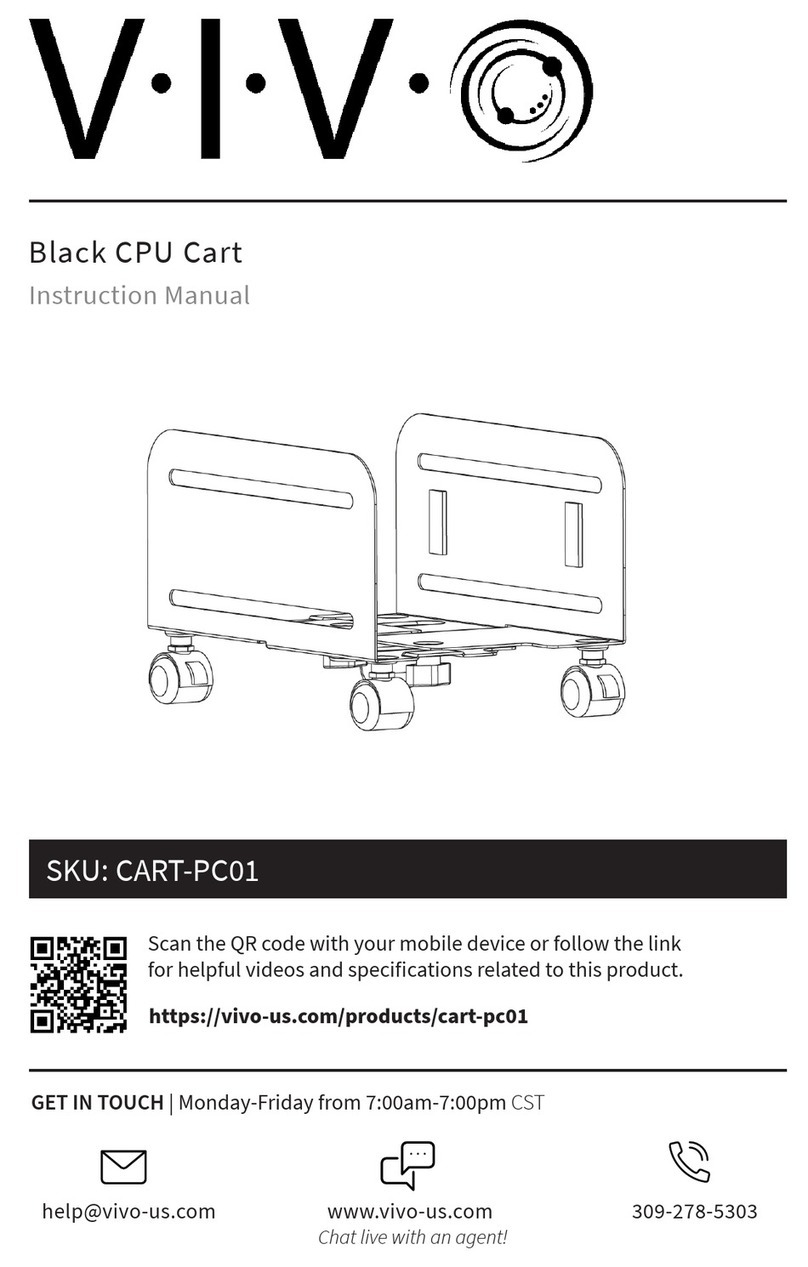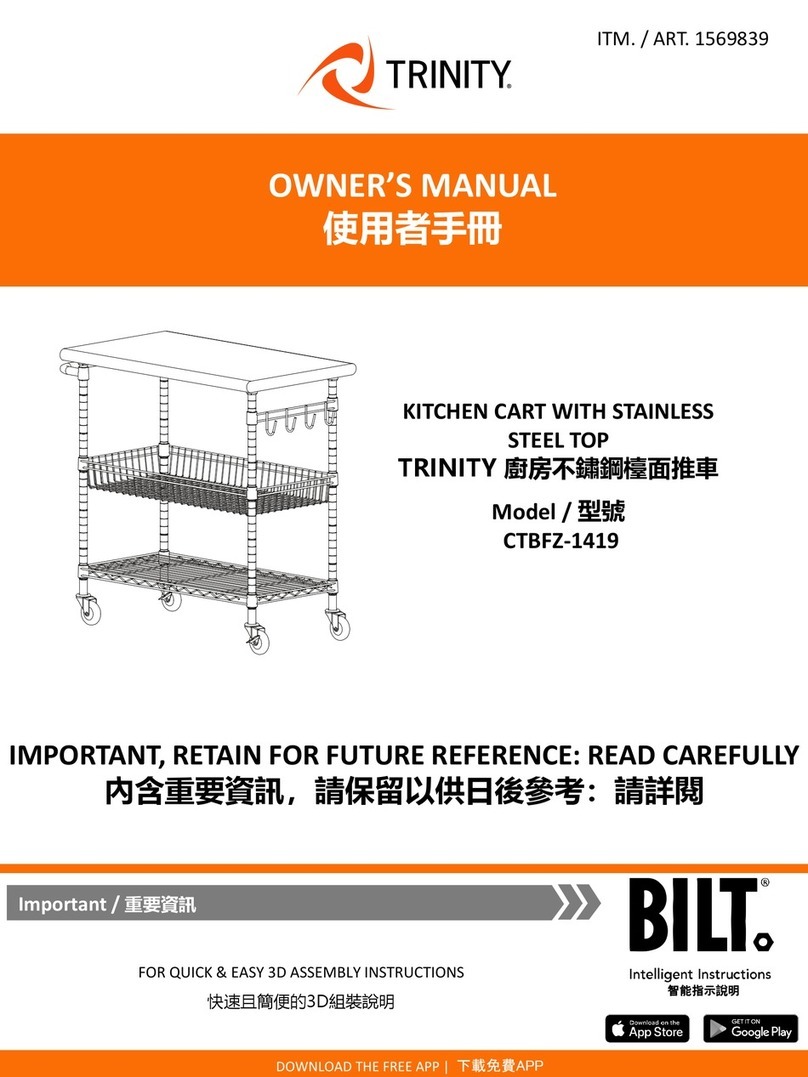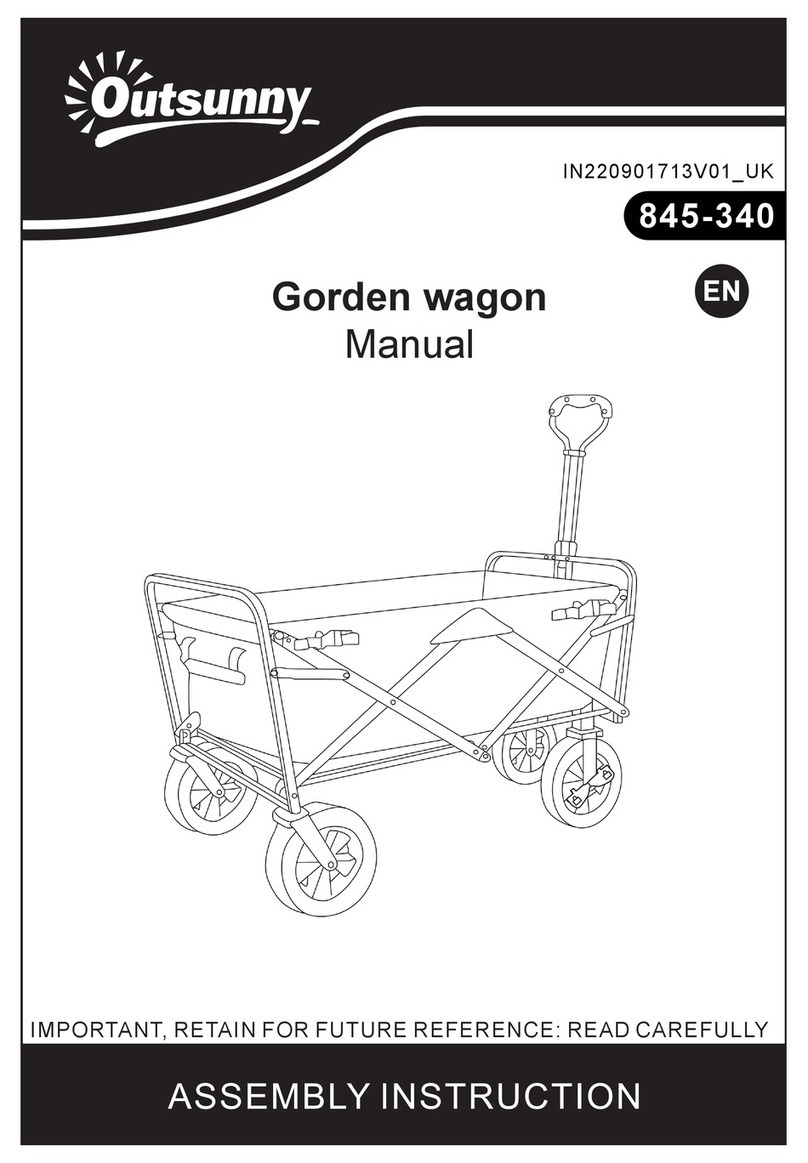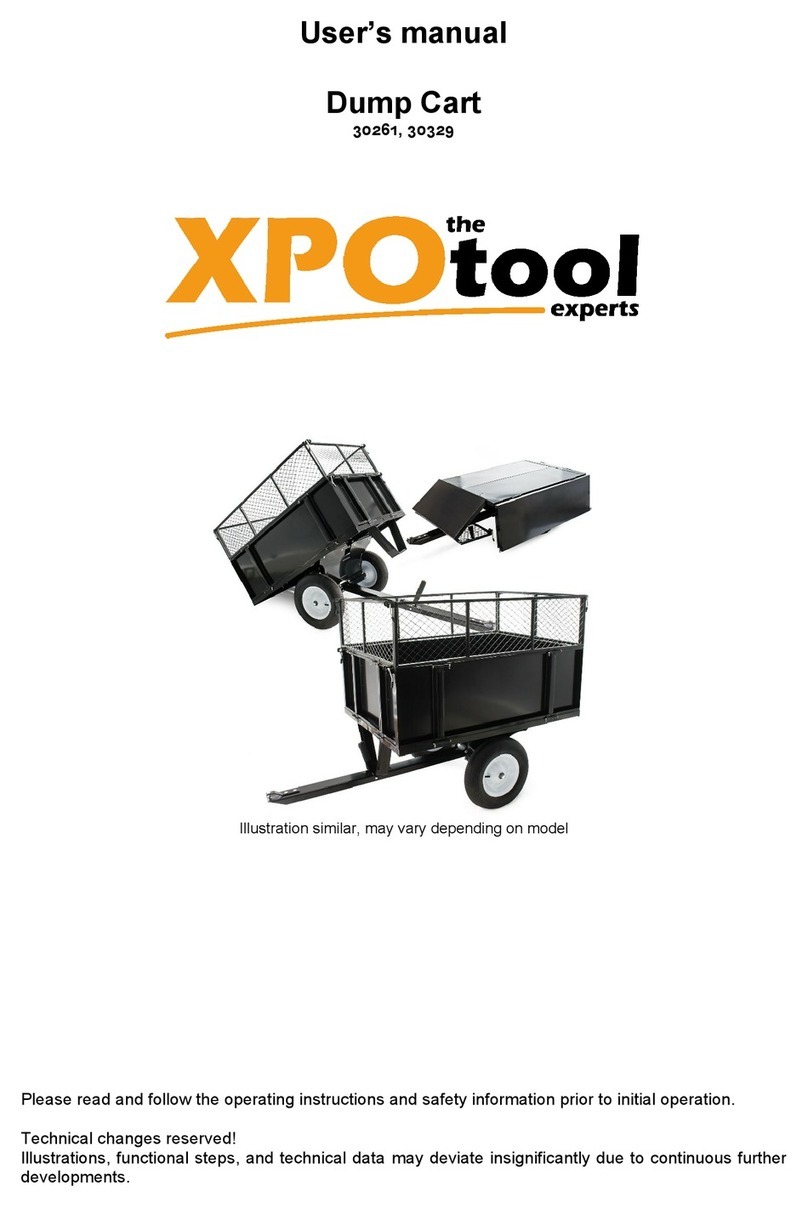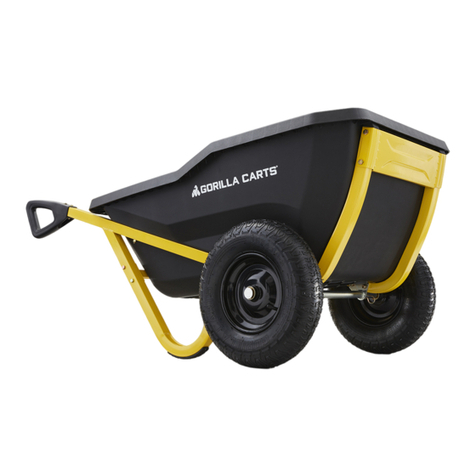
J3 Competition Inc. – Kosmic Owner’s Knowledge Packet 5 | P a g e
2. Front Track Adjustment
Nearly all Post-2005 Kosmic Racing Karts are sold with HST front stub axle, which has a
25mm stub in order increase the chassis front-end grip or effectiveness.
The recommended front width is to use 3-5mm spacers on the inside of the hub (Standard
90mm HST Hub). If the track has less grip a narrow front track will improve the chassis
initial reaction, however, this may cause the chassis to lose performance on longer
corners. A track with medium to high grip often times requires a wider front track width
in order to increase the chassis weight transfer. This also helps the chassis to be more
effective on longer corners when more driver input is often times required to keep the
speed up.
3. Rear Track Adjustment
We recommend always starting with the standard OTK 92mm rear hubs. Typically we
will start the rear track at the maximum.
- For the senior divisions this will be 55” and for the junior divisions this will be 53 ½”.
(Measured form outside rear wheel to outside rear wheel). From this point the only real
movement is to narrow the rear track.
- By narrowing the rear track of the chassis while leaving the front track untouched the
chassis will become more effective at releasing the inside rear tires during cornering.
This can initially improve the chassis performance as well as through the entire corner.
However, as grip levels change a narrow rear track can also create too much ‘Side Bite’
thus, giving the chassis too much grip in the middle of the corner and decreasing its
effectiveness. It is also recommended when the grip levels are low to test the rear track
width narrower due the potential increase in ‘Side Bite’ from the tire. Rear width can
sometimes be complicated in regards to the effects it has on the chassis performance,
therefore, make minuet changes when adjusting. And one of the major factors with rear
width is chassis balance ‘Feel’. Some drivers do not like to drive on a chassis with a
narrower rear track width, so know your driver.
4. Caster / Camber adjustments
Caster and Camber can be adjusted at the front-end of the chassis. Depending on which
model Kosmic Racing Kart you have, there will be either 4-position ball bearing
adjustment, 4-position non-bearing eccentric either in D.8mm or D.10mm, or Post-2007
20-position ball bearing adjustment.
J3 recommends starting with full caster, which can be attained with the top eccentric
arrow facing forward and the bottom eccentric arrow facing backwards. This will give
the front-end maximum grip from a caster perspective and can possibly make the chassis
more difficult to turn as well. This is the most often setup regarding the caster position.
